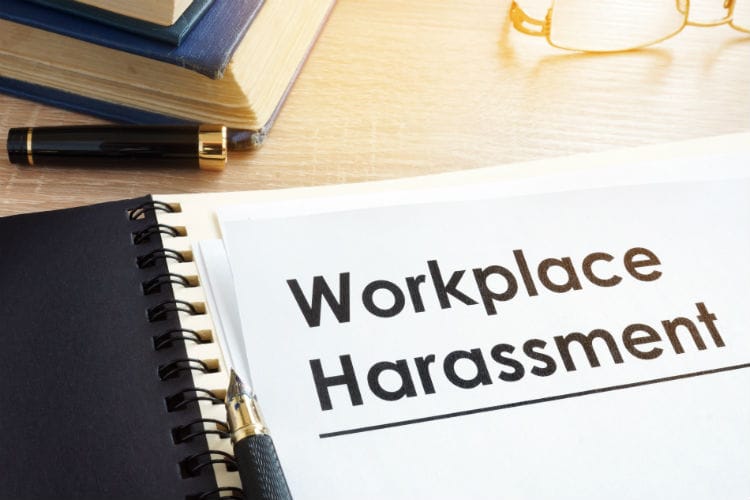McDonald’s has lots of secrets. What’s in its sauce? What part of the chicken do the McNuggets come from? How come every time I crave a cone the soft-serve machine is out of order? Why do their soft drinks taste better than anyone else’s?
Something that’s not a secret, however, is that McDonald’s has a serious sexual harassment problem.
From CBS News:
Young women from across the country with remarkably similar accounts of workplace abuse and harassment at one of America’s largest, most iconic fast-food restaurant chains: McDonald’s: ”
“He would make comments on my body, and other workers’ bodies, saying, like, ‘I would have sex with you, I wouldn’t have sex with her,'” said Emily Anibal.
“First he was like, ‘You have nice hair,’ started touching my hair,” said Jamelia Fairley. “Then he was like, physical; then he actually started grabbing my butt.”
Kat Barber said, “Any woman that he could get his hands on or be near, he was taking advantage of that moment.”
Kimberly Lawson said, “It kind of made me feel isolated. I thought I was the only one this is happening to right now, you know what I’m saying? So, I just felt, like, completely alone.”
Lawson, Fairley, Barber and Anibal have all either filed discrimination charges or filed suit against McDonald’s corporate restaurants or their independently-owned franchises. Each tells a story of persistent and unwanted harassment from male co-workers.
In response, CEO Chris Kempczinski said the following:
Let me say plainly: every single person working under the Arches must have a safe and respectful work environment. Sexual harassment in the workplace is an affront to everything we stand for as a System. It has no place in any McDonald’s restaurant, and it will not be tolerated.
If, as Kempczinski added, McDonald’s takes “these allegations very seriously,” and “must acknowledge our mistakes and make them right,” why then is the company waiting until next year to mandate a new anti-harassment program?
Per ABC News, beginning January 2022 the company will mandate new employee training to combat harassment, discrimination, and violence in all 39,000 of its restaurants worldwide. According to Kempczinski, the details are still being worked out, but he expects training at the time of hire plus annual training for all employees.
While this is all makes sense, why does it take nine months to implement this training? McDonald’s has a serious problem that it needs to solve, and all waiting until next year won’t solve anything. McDonald’s is not some rinky-dink company.
It’s a $5 billion corporation with more than enough resources to fund a quick and thorough solution to this problem. A nine-month wait is simply not acceptable, especially considering this training is something it should already have in place and should have been providing to its employees for decades.









